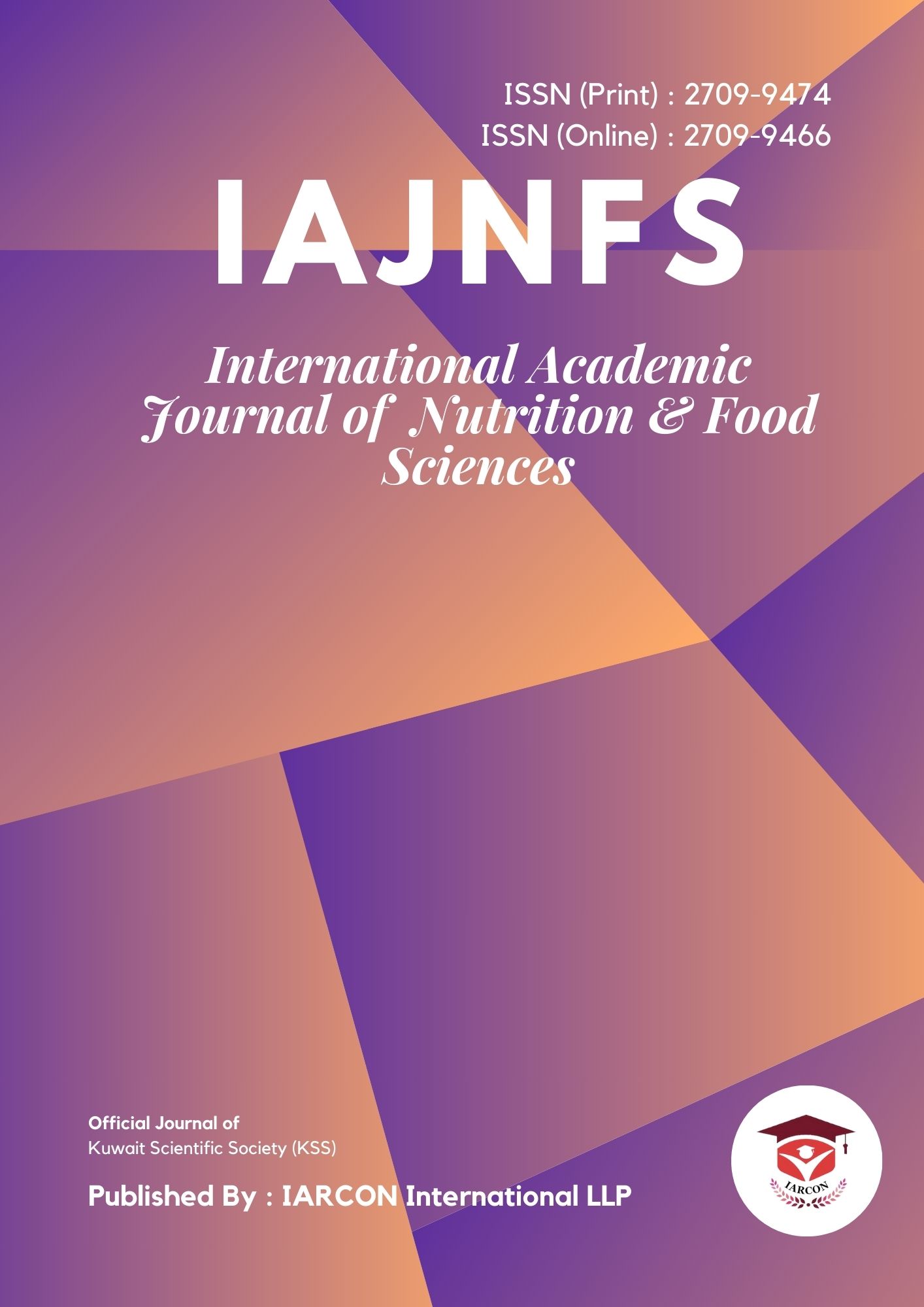The findings of this study shed light on the level of awareness among women of reproductive age in Shimla, Himachal Pradesh, regarding the risk factors and preventive strategies for child malnutrition. Overall, the results reveal a moderate level of knowledge among the participants, with significant variations across different aspects of child malnutrition.
Firstly, it is encouraging to note that the majority of respondents demonstrated a satisfactory understanding of fundamental concepts related to child malnutrition. A notable proportion correctly identified the term "child malnutrition" (74.25%) and recognized the importance of exclusive breastfeeding (80.5%) and the impact of clean water and sanitation on child nutrition (67%). These findings underscore the effectiveness of existing health education initiatives and community awareness programs in disseminating essential information regarding child nutrition. [5-7]
However, despite these positive indicators, certain areas of concern warrant attention. For instance, while a significant proportion of participants acknowledged the importance of introducing complementary foods at the right time and quantity (67.25%), fewer were able to identify specific nutritional deficiencies commonly seen in children under five years old (58%). This suggests a need for targeted educational interventions aimed at enhancing knowledge about micronutrient requirements and the identification of signs of malnutrition. [8,9]
Furthermore, disparities in knowledge were evident across different socio-demographic groups. For instance, respondents from rural areas exhibited slightly lower levels of awareness compared to their urban counterparts. This observation underscores the need for tailored interventions that account for regional disparities and socio-economic factors influencing health-seeking behaviors and access to information. [10,11]
The findings also highlight areas where gaps in knowledge exist, such as understanding the role of maternal nutrition during pregnancy (55%) and awareness of micronutrient supplementation programs for pregnant women and children (49.5%). Addressing these gaps requires a multi-faceted approach that integrates maternal and child health services with nutrition education and support programs. [12,13]
Moreover, the study underscores the importance of community-based interventions and empowering women to address the root causes of child malnutrition. Participants demonstrated a relatively high level of awareness regarding the impact of cultural and traditional practices on child nutrition (64%), indicating a recognition of the socio-cultural determinants of health. Leveraging this awareness to foster community-driven solutions and promote culturally sensitive approaches to nutrition education is essential for sustainable change. [14,15]


